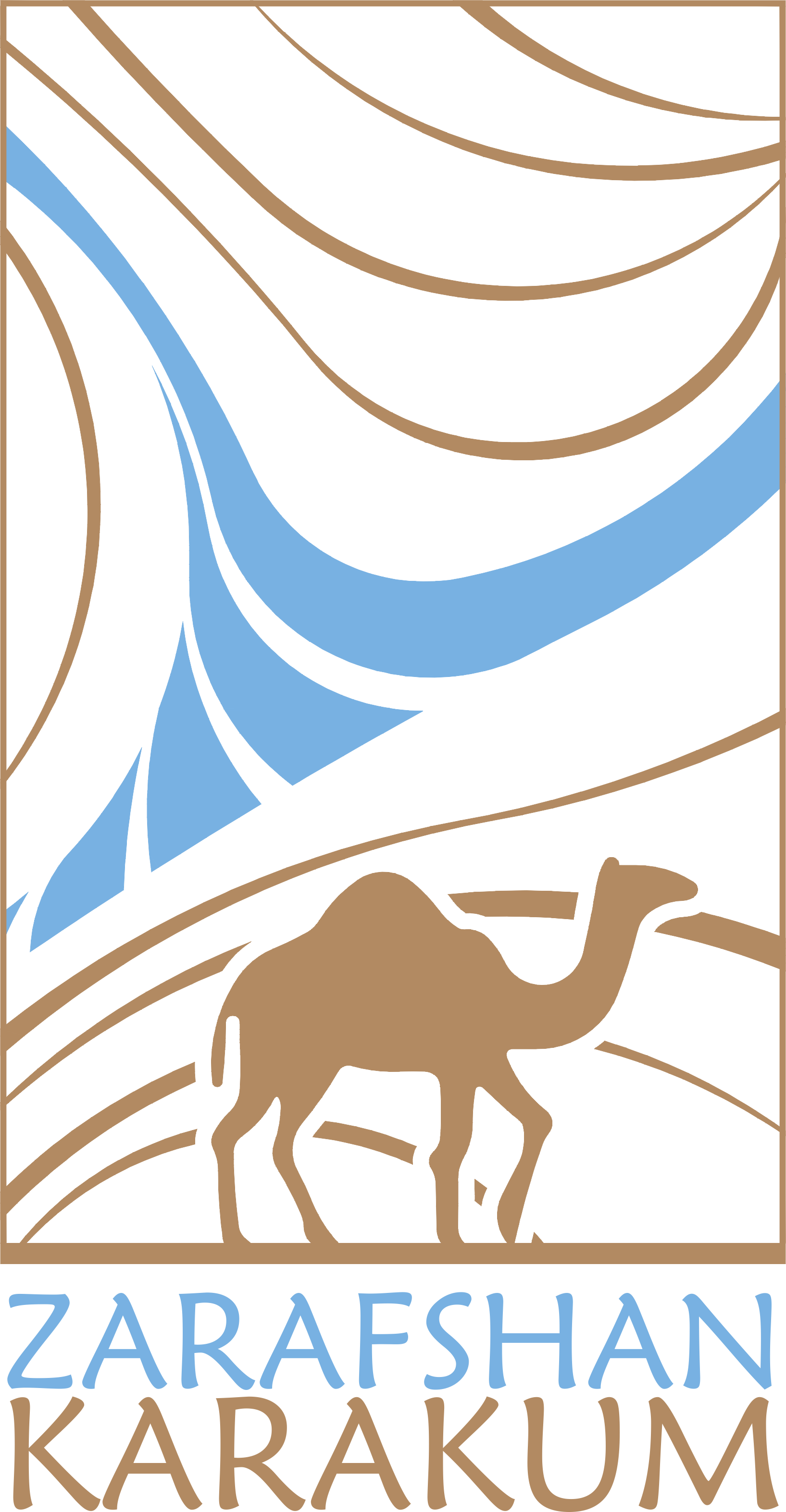The minaret represents columnar shaped tower. The height of the minaret from the bottom of the socle up to the top of the basic column is equal to 40,3 m. The height of 12-cut socle is 2,3 m. Diameter of the basis of the trunk is 6,19 m. Diameter of the top of a trunk (under the lantern) is 2,81 m, diameter of the lantern 3,66 m, diameter of the basic column is 1,05 m. The trunk of the minaret has an entasis.
The minaret in Vobkent (1196-1197), is similar to the minaret of Kalyan in Bukhara and differs from it with decoration. The zones and edges are sharply dismembered. Here zones of type «maudj» are clearly readable. All of the laying like «maudj» - from pair bricks flat wise, with vertical inserts of the unique paintings. First three strips from below are divided only smooth hem from brick into the edge. Then wide foreparts alternate with narrow paths. The fourth strip contains the historical inscription from which it was established that the minaret is constructed in 593. (1196-1197).

